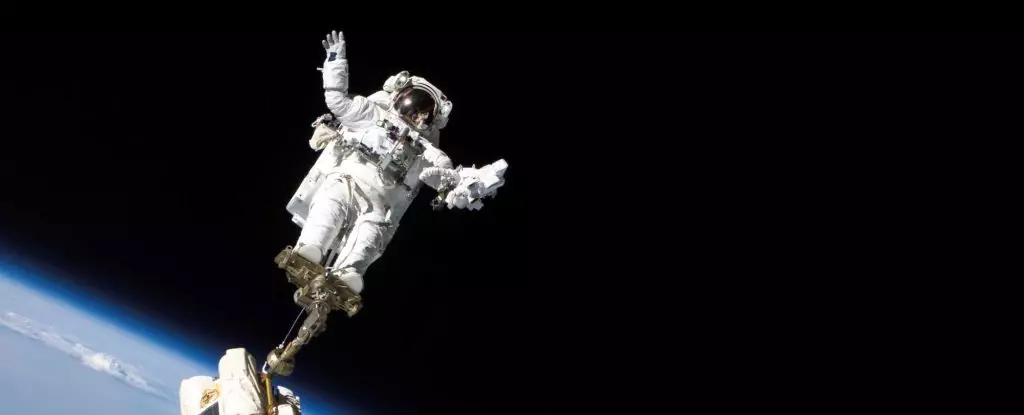Space travel has always been a topic of fascination for humans. The idea of exploring the vastness of the universe and venturing beyond our home planet is thrilling. However, as exciting as it may seem, the reality of space travel is far from glamorous. The effects of space on the human body are numerous and often quite severe. In this article, we will explore some of the challenges that astronauts face when they venture into the great unknown.
Let’s start with the most obvious challenge: gravity. Our bodies have evolved over millions of years to function optimally in Earth’s environment, where gravity plays a significant role. Once gravity is removed from the equation, the human body undergoes significant changes. Bone and muscle density start to decrease, which can lead to various health issues. Additionally, the absence of gravity causes fluid in the brain to accumulate, leading to vision problems.
One particularly disturbing consequence of space travel is the peculiar problem of fingernails falling off. This phenomenon, known as onycholysis, has baffled scientists for years. Contrary to popular belief, the issue is not directly related to the lack of gravity but rather to the absence of atmospheric pressure. When astronauts perform spacewalks, the gloves of their spacesuits need to be pressurized to ensure their safety. However, this pressurization creates issues for the hands, resulting in painful injuries, fatigue, and even the loss of fingernails.
Glove design is of utmost importance when it comes to mitigating these injuries. Despite extensive research and numerous iterations, the problem persists. A study conducted in 2010 found a correlation between the width and circumference of astronauts’ knuckles and their risk of hand injuries. Spacesuit gloves restrict the mobility of these knuckles, leading to increased pressure on the fingers and reduced blood flow. It is no surprise that most of the injuries occur to the middle finger, while glove sizing and finger length also play a significant role.
Spacesuit gloves are not simple pieces of equipment. They consist of multiple layers, each serving a specific purpose. The comfort layer is in direct contact with the skin, while the pressure bladder layer inflates and stiffens when the glove is pressurized. There is also a restraint layer to allow for movement and an outer Thermal Micrometeoroid Garment layer that protects the wearer from space hazards. Despite their complexity, the design of the gloves has a substantial impact on the occurrence of injuries. Certain glove types were associated with a significantly higher risk of onycholysis.
With the introduction of new Artemis-era spacesuits, there is hope that the issues surrounding glove design and hand injuries will be addressed. The ongoing research and development in this field aim to improve the fit and functionality of spacesuit gloves, thereby reducing the risks associated with extravehicular activities. While the exact solution is still elusive, personalized fitting for each astronaut may prove to be a step in the right direction.
The challenges faced by astronauts extend far beyond hand injuries. Space travel takes a toll on every aspect of the human body. Musculoskeletal issues, including bone and muscle density loss, are prevalent. Vision problems due to fluid accumulation in the brain can occur even after short-duration space missions. Astronauts may also experience difficulties with urination and potential erectile dysfunction, which are surprising side effects of the altered gravitational environment.
Despite these challenges, astronauts continue to dedicate their lives to space exploration. Their unwavering commitment to the advancement of human knowledge and the pursuit of scientific discovery is awe-inspiring. As we continue to push the boundaries of space travel, it is crucial to remember the sacrifices and hardships that astronauts endure for the sake of exploration.
Space travel is not for the faint of heart. The impact of this otherworldly experience on the human body is nothing short of remarkable. From the loss of bone density to the peculiar problem of fingernails falling off, astronauts face numerous challenges during their ventures beyond Earth’s atmosphere. While advancements in technology and suit design may offer hope for minimizing these risks, the price paid by astronauts for the sake of exploration should never be forgotten.


Leave a Reply